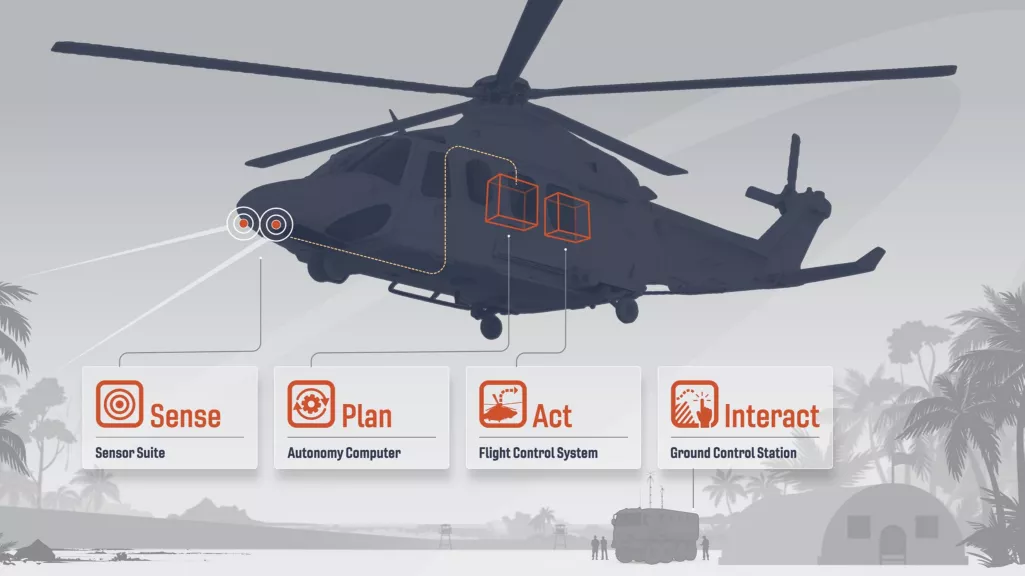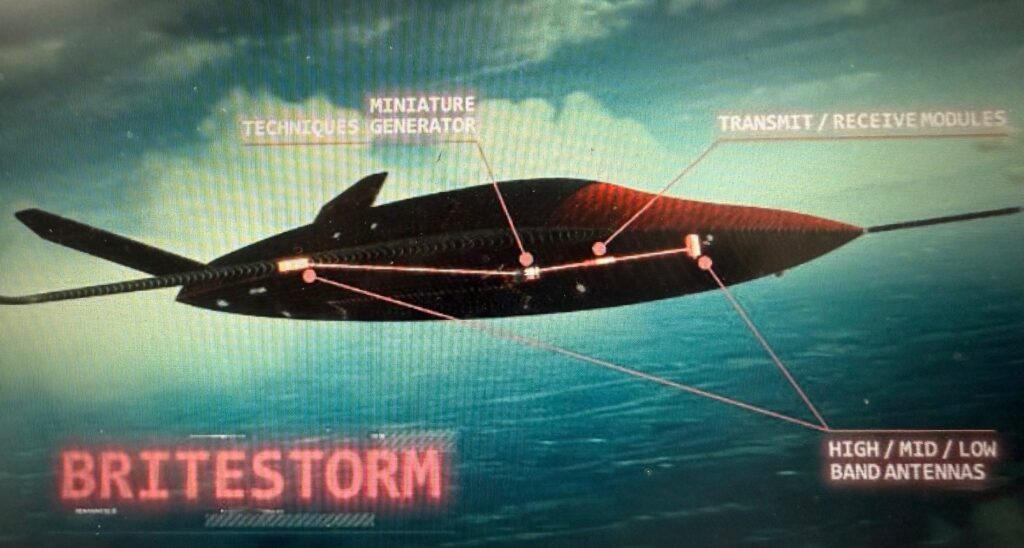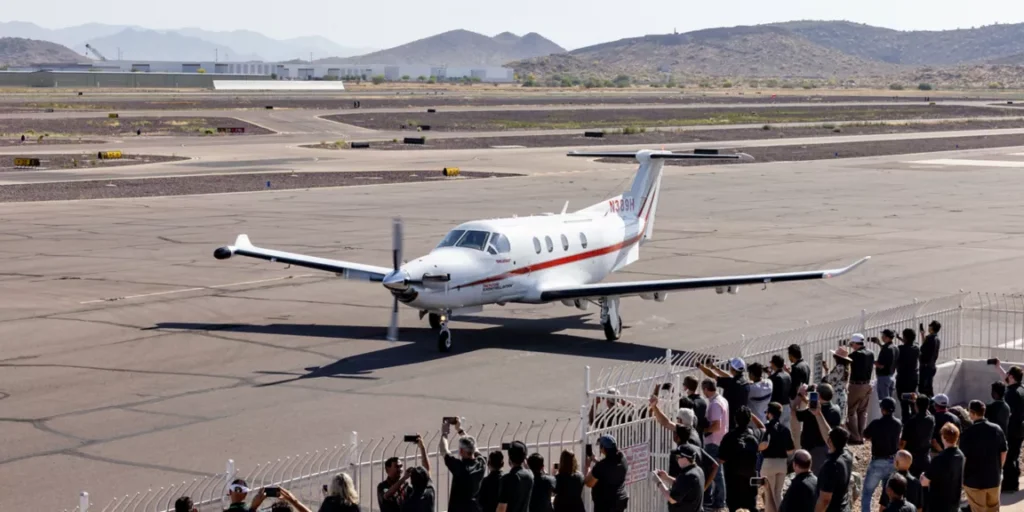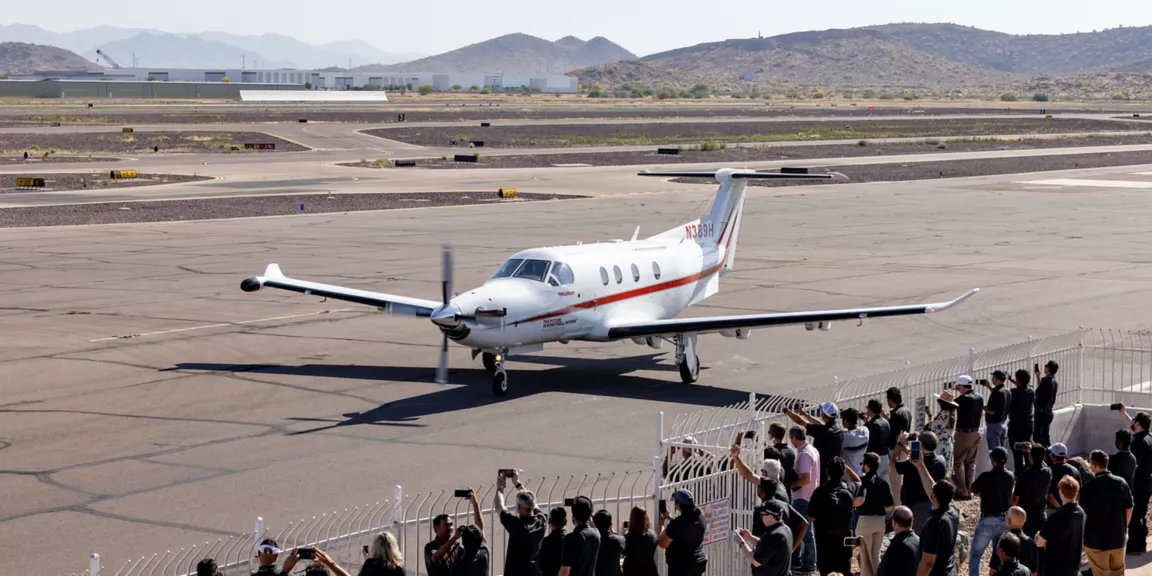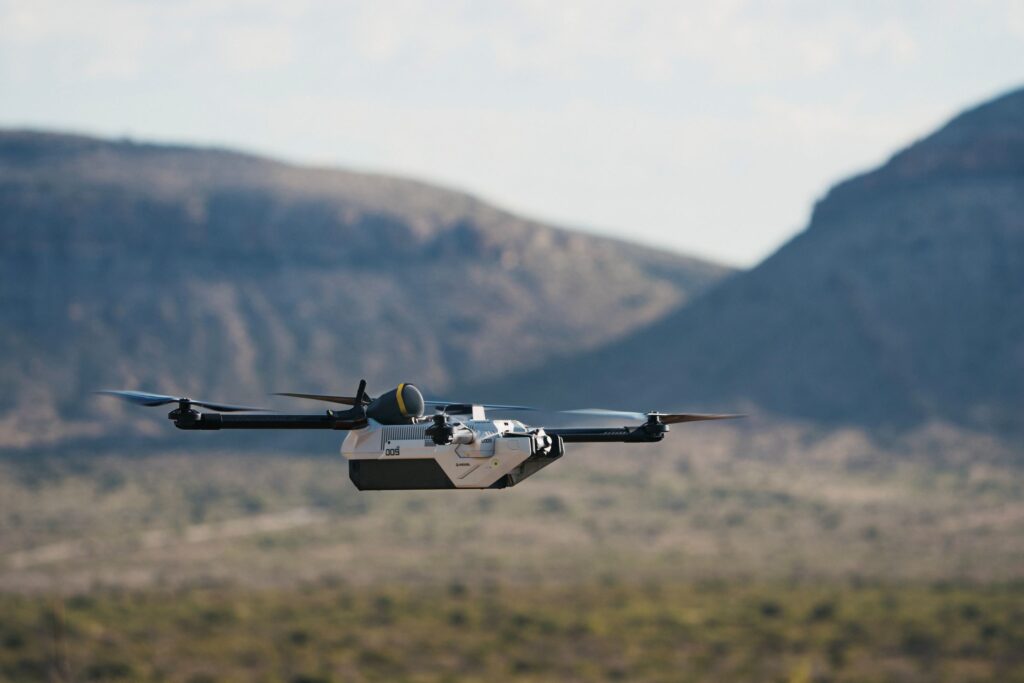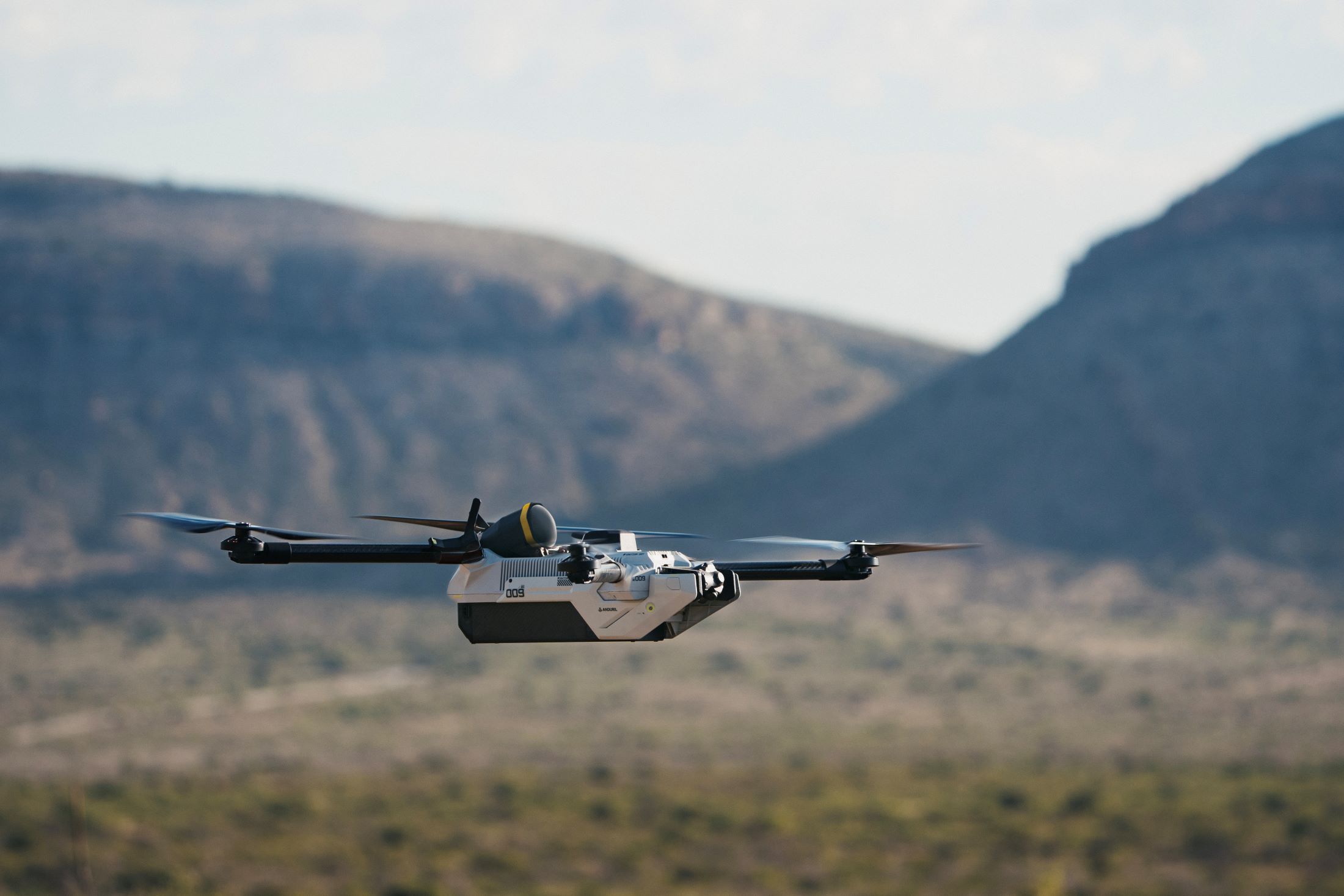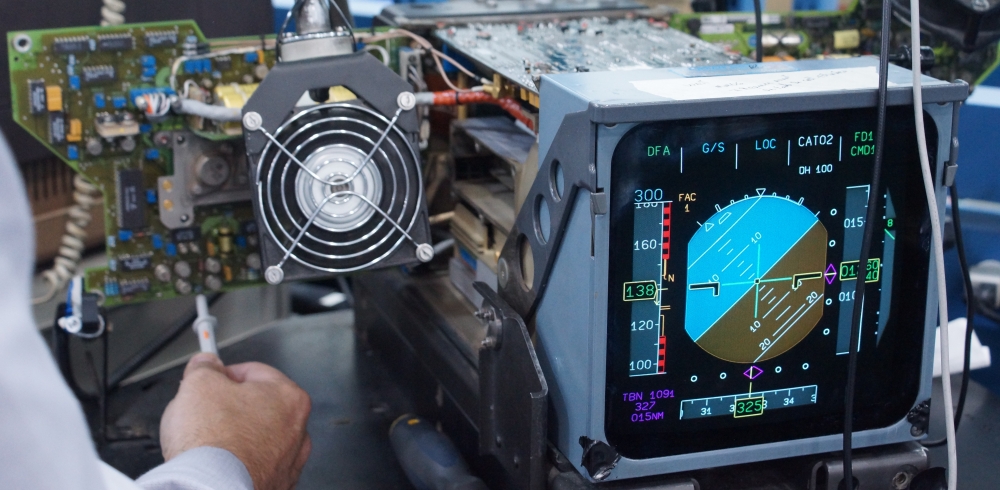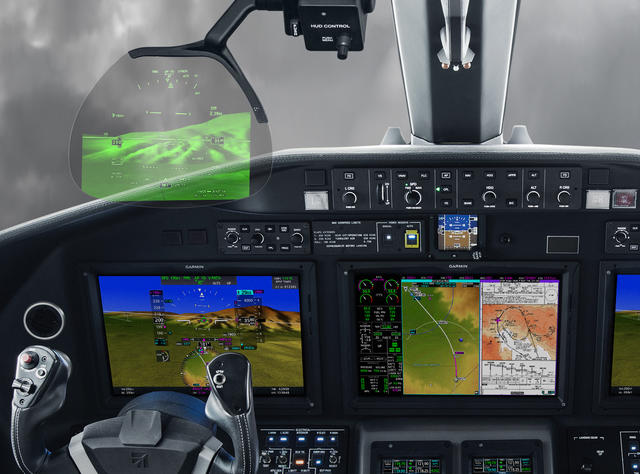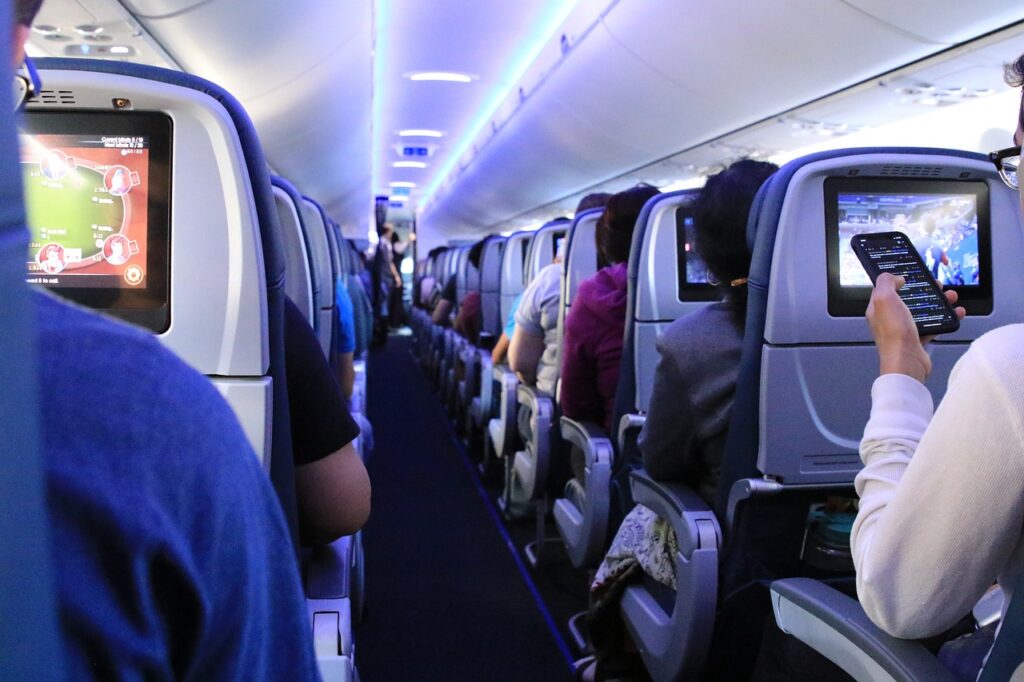Thales Ramps Up Introduction of New Avionics Products
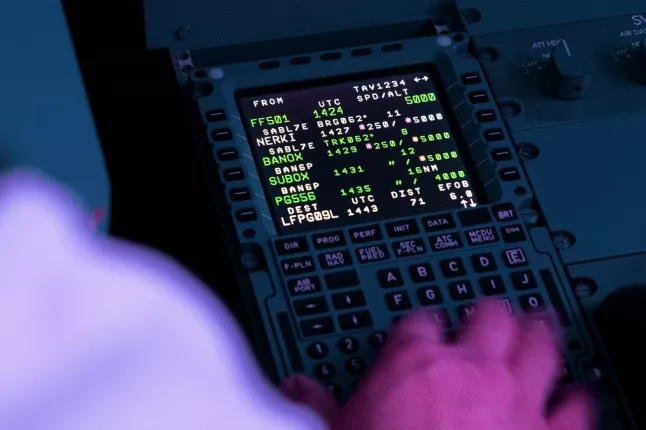
Global Avionics Round-Up from Aircraft Value News (AVN)

The The Thales PureFlyt Flight Management System (FMS). (Photo: Thales)
Paris-based Thales recently introduced several key advancements in commercial aircraft avionics. These new products are focused on enhancing cockpit functionality, improving safety, optimizing fuel efficiency, and enabling a more connected flight experience. Here are some of these most noteworthy innovations.
Flight Deck Advancements
Thales has introduced intuitive, touch-screen cockpit displays, such as the PureFlyt flight management system, which significantly streamlines pilot interaction. This system leverages real-time data to optimize flight paths, reduce fuel consumption, and enhance situational awareness. These advancements help pilots make better decisions, improving overall safety and efficiency.
Autonomous Flight Capabilities
Thales is investing in the development of avionics to support autonomous flight operations. The company’s collaboration with Airbus on the A350-1000’s avionics, aimed at achieving future autonomous flying, is notable. This includes advancements in decision-making algorithms, sensor fusion, and automated flight controls. These systems are designed to handle complex situations without human intervention, paving the way for fully autonomous aircraft in the future.
Thales is at the forefront of connected avionics systems, offering solutions like TopMax, a head-up display system that provides enhanced vision and situational awareness for pilots. Thales’ connected systems also offer seamless communication between the aircraft and ground-based systems, enabling predictive maintenance, which reduces aircraft downtime.
As aviation becomes increasingly digital, Thales has integrated robust cybersecurity solutions into its avionics platforms to protect aircraft systems from cyber threats. These cybersecurity measures safeguard communication links, flight management systems, and onboard entertainment, enhancing the resilience of aircraft in an interconnected environment.
Impacts on Aircraft Base Values and Lease Rates
The introduction of advanced Thales avionics has significantly influenced both the base values and lease rates of aircraft.
Aircraft equipped with cutting-edge Thales avionics, such as the PureFlyt system and connected avionics, are more appealing to airlines. These systems enhance safety, efficiency, and operational flexibility, making the aircraft more attractive in the leasing and resale markets. As a result, aircraft with these avionics tend to command higher retention value.
Thales has a long-standing partnership with Airbus, and while PureFlyt was initially developed for future platforms, Airbus has been testing this technology to incorporate into their newer aircraft such as the A350-1000.
Thales avionics systems, which facilitate fuel efficiency and predictive maintenance, contribute to reducing operating costs over an aircraft’s life cycle. This cost-saving potential increases the desirability of aircraft with these systems, boosting residual values and enabling lessors to charge premium lease rates.
With increasing regulatory emphasis on sustainability and digital safety, Thales’ avionics ensure that aircraft remain compliant with future standards, further securing their value. This is particularly important as new regulations on emissions and cybersecurity are likely to make older aircraft without these advancements obsolete, further increasing demand for newer models equipped with Thales technologies.
This article also appears in the November 4 issue of our partner publication Aircraft Value News.
John Persinos is the editor-in-chief of Aircraft Value News. You can reach John at: jpersinos@accessintel.com
The post Thales Ramps Up Introduction of New Avionics Products appeared first on Avionics International.
—————
Boost Internet Speed–
Free Business Hosting–
Free Email Account–
Dropcatch–
Free Secure Email–
Secure Email–
Cheap VOIP Calls–
Free Hosting–
Boost Inflight Wifi–
Premium Domains–
Free Domains






